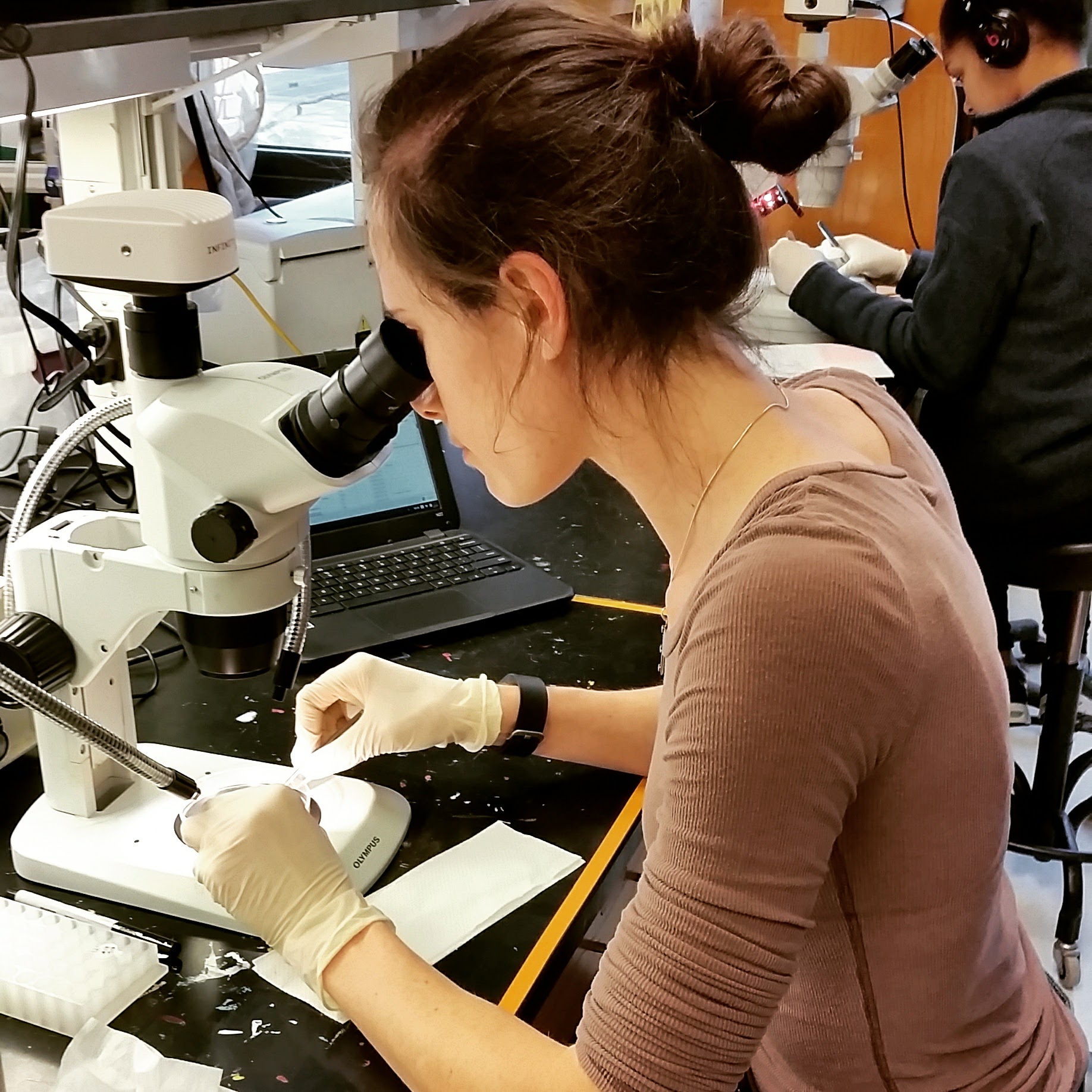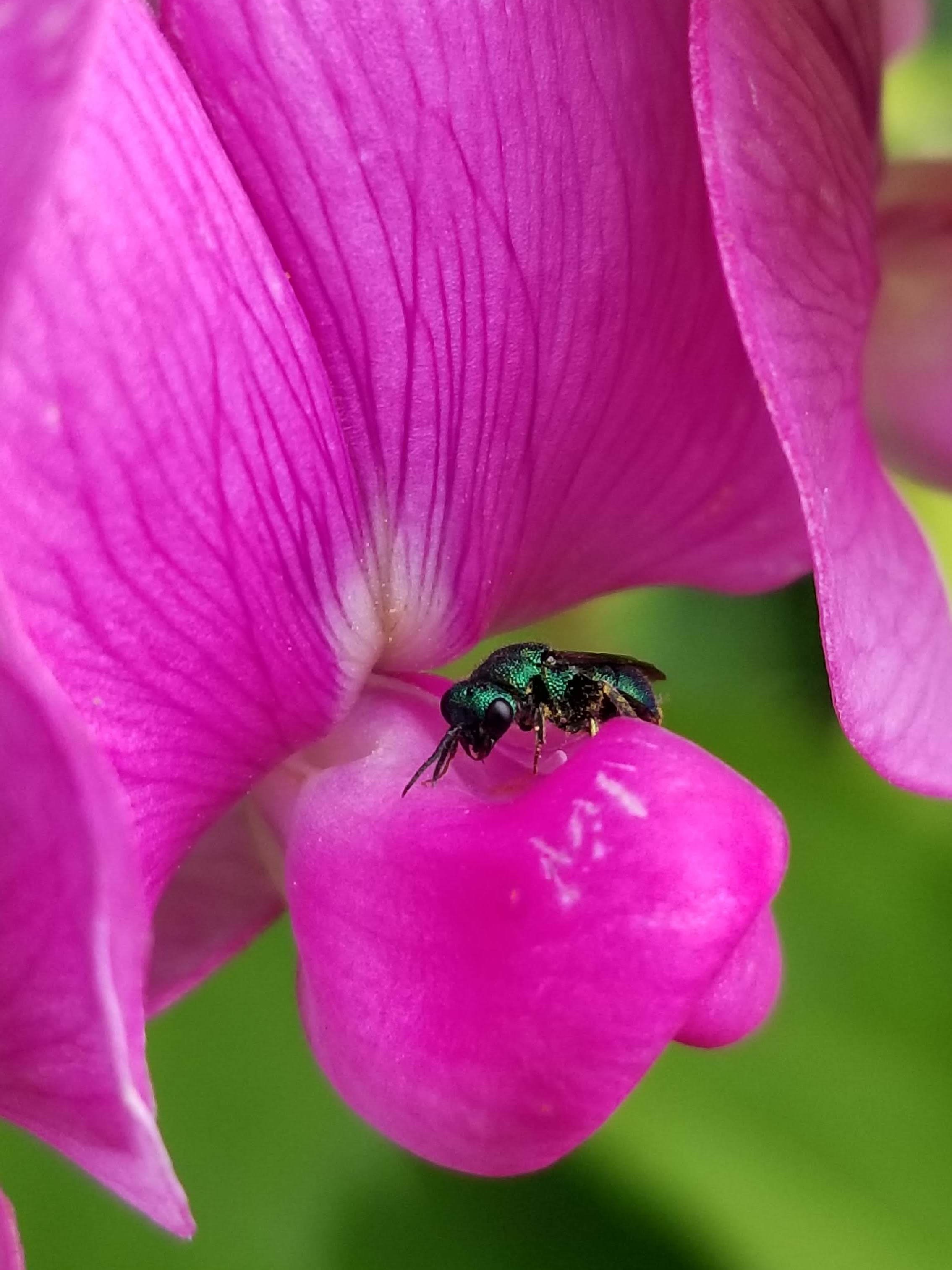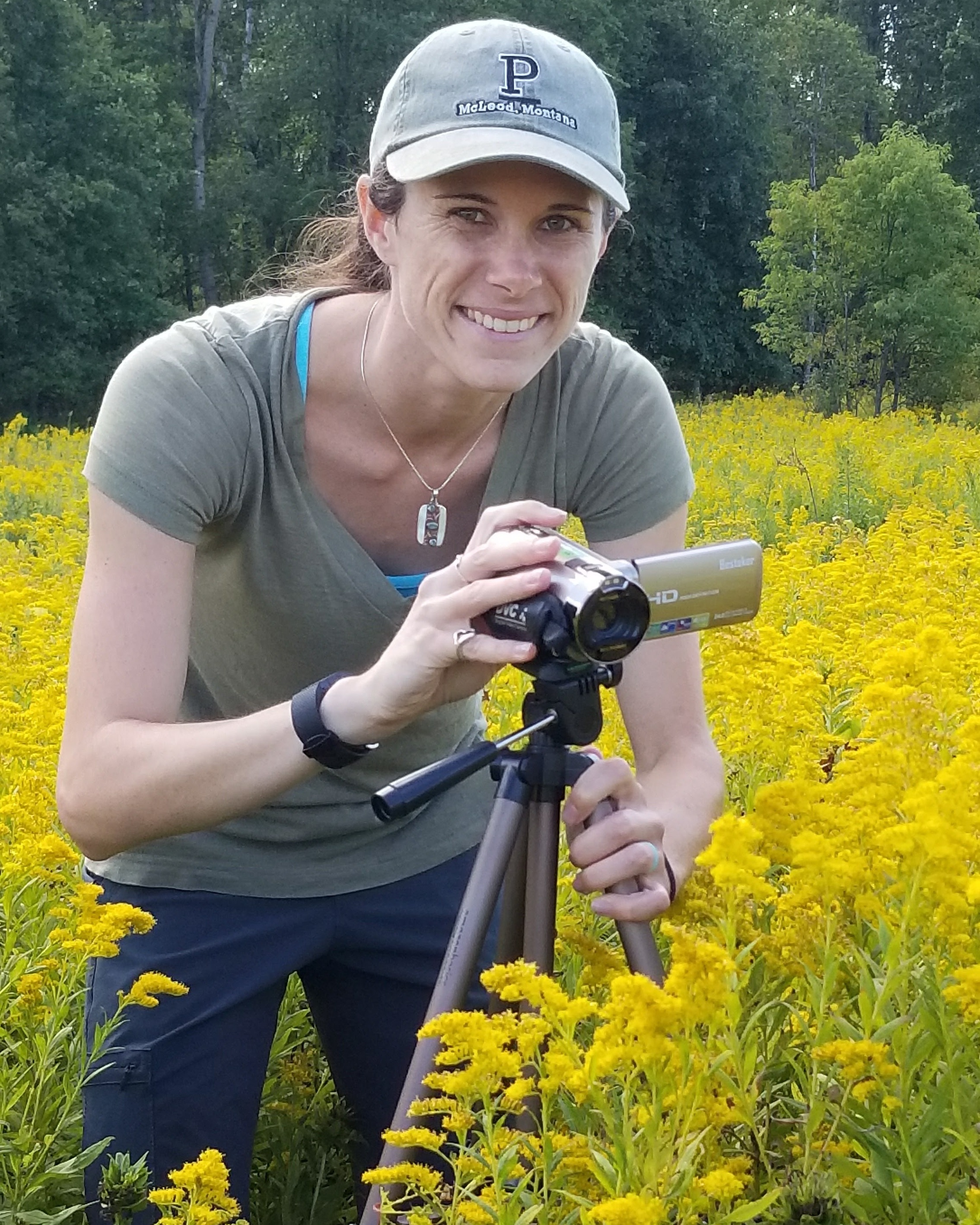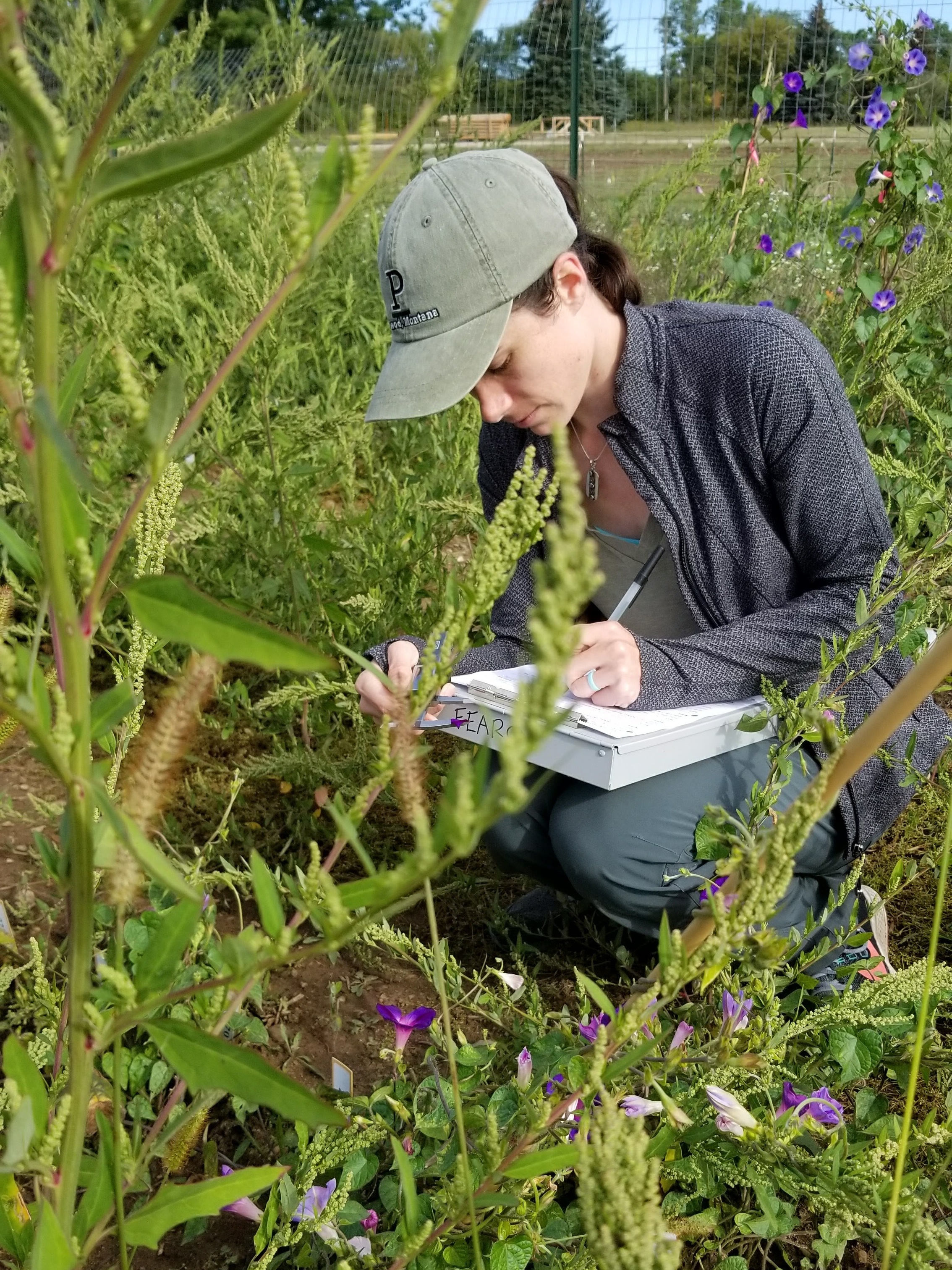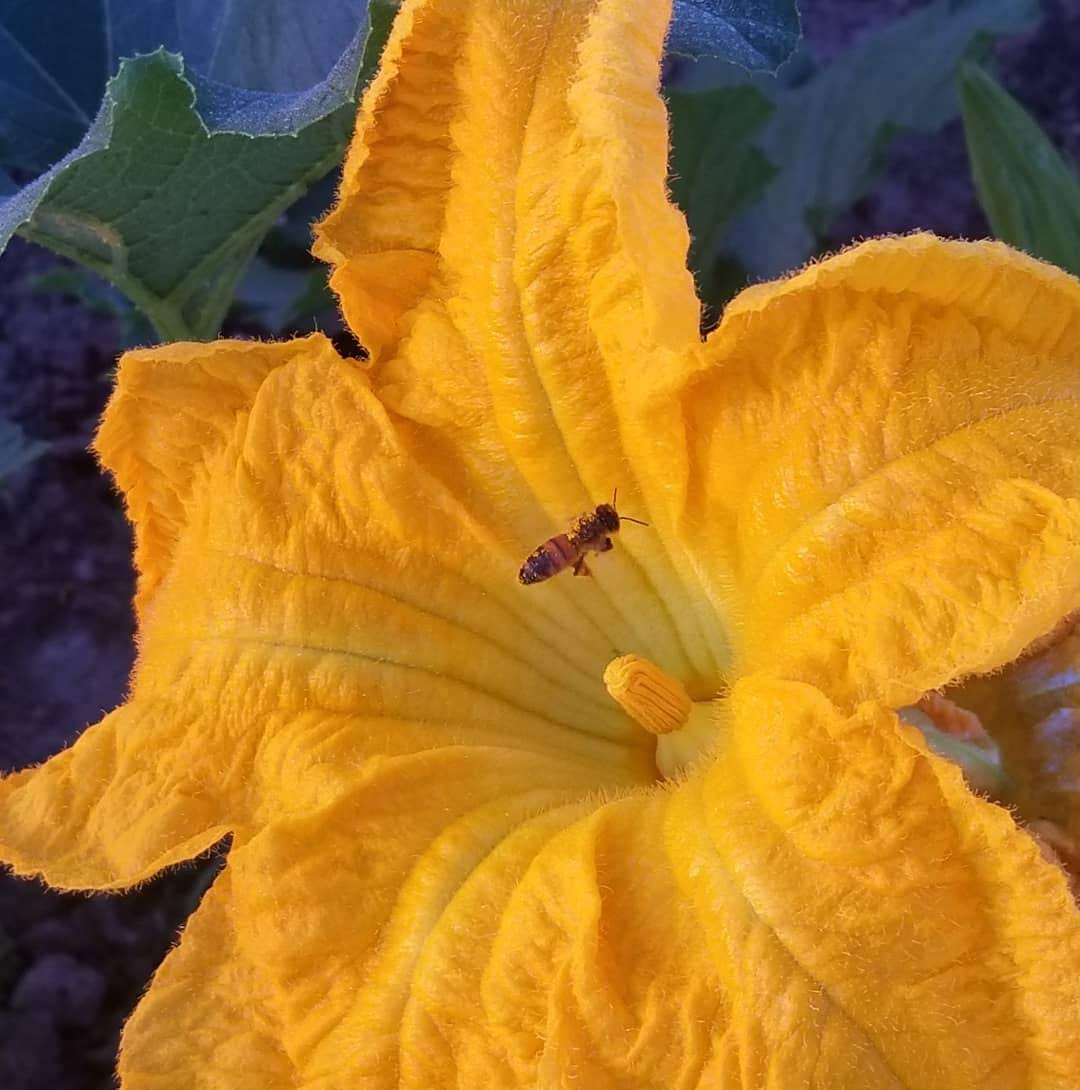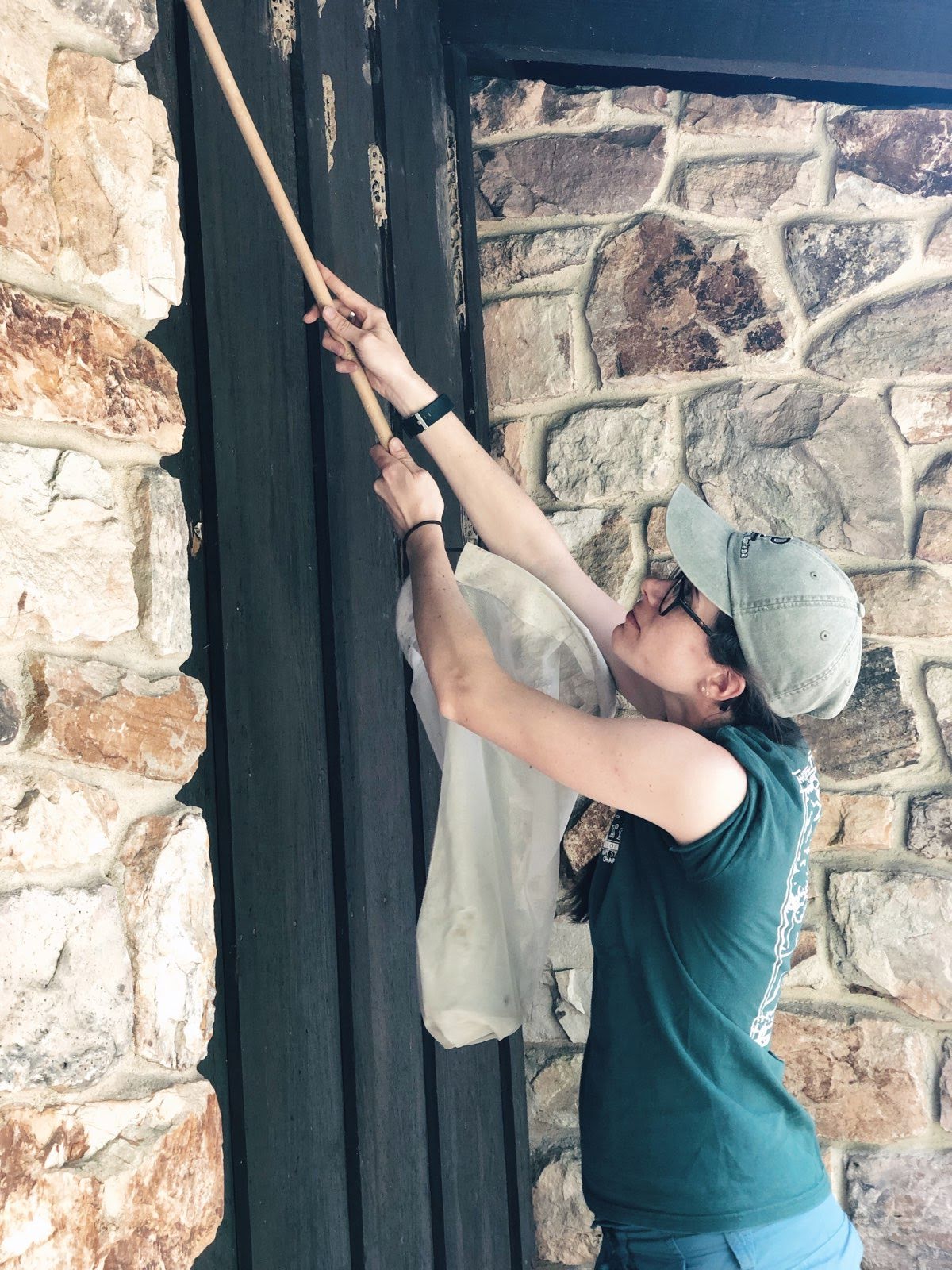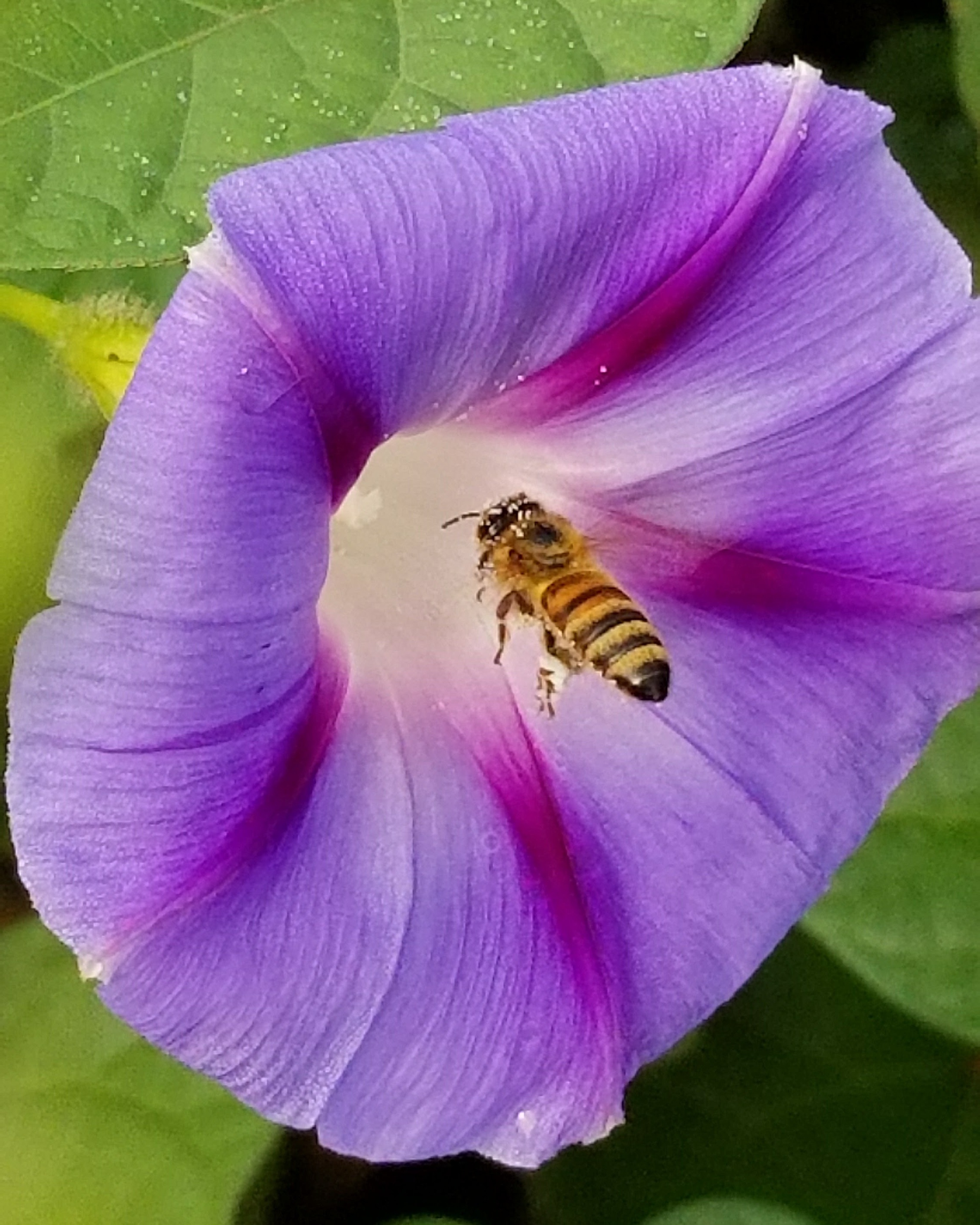Research
My research focuses on the intersection between community ecology, multi-host pathogens, and environmental change. In my dissertation, I investigated three RNA viruses, deformed wing virus (DWV), black queen cell virus (BQCV), and sacbrood virus (SBV), that are globally distributed and infect European Honey bees (Apis mellifera) and many native pollinator species. Additionally, habitat loss and land use changes disproportionately affect some native pollinators, causing extirpation of sensitive pollinator species and alterations to pollinator community composition. Despite these growing concerns, virus prevalence has not been examined across pollinator communities that are differentially affected by local- and landscape-level environmental changes, and little is known about how transmission dynamics will change as the host community and habitat quality changes. My dissertation research investigated the patterns and mechanisms of transmission of multi-host pathogens in pollinator communities in variable habitats.
Publications from this Research
Fearon, M.L. and E.A. Tibbetts. 2021. Pollinator community species richness dilutes prevalence of multiple viruses within multiple host species. Ecology. 102(5): e03305 DOI: 10.1002/ecy.3305 Link, pdf, Data
Fearon, M.L., C.L. Wood, E.A. Tibbetts. Habitat Quality Influences Pollinator Pathogen Prevalence Through Both Habitat–Disease and Biodiversity–Disease Pathways. Accepted at Ecology. DOI: 10.1002/ecy.3933 Link, pdf, Data
Links related to this research
Biodiversity protects bee communities from disease, U-M study concludes
More biodiversity makes for healthy bees - Wildlife Society
Fearon awarded 2019 Dow Sustainability Fellowship
Buzzfeed: Wild bees meet urban farming


